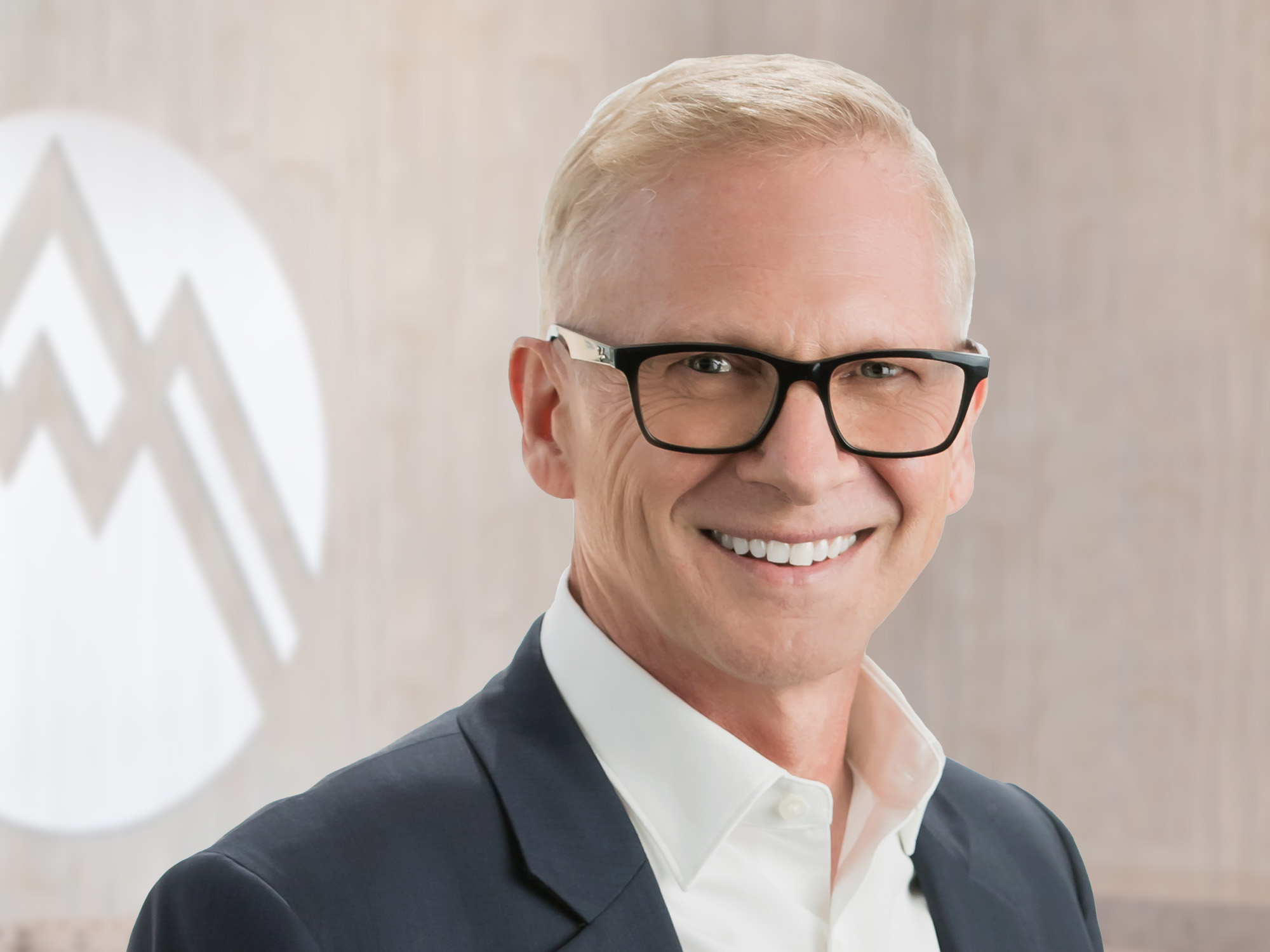Summit sports medicine physician — and Ironman triathlete — Kirk Scofield, M.D., shares what you need to know to get started competing in triathlons.
Triathlons combine three excellent, yet different, kinds of exercise — swimming, cycling, and running — into a single race. There are several different race lengths, from the “sprint” triathlon, which combines a half-mile swim, a 12-mile bike ride, and a 3.1-mile (5K) run, to much longer distances. For example, you may have heard about the Ironman race, a grueling super-triathlon that consists of a 2.4-mile swim, a 112-mile bike ride, and a full marathon (that’s a 26.2-mile run).
Summit sports medicine doctor Kirk Scofield, M.D., is an experienced triathlete. He has completed two Ironman Triathlons and multiple other triathlon races. In fact, he is currently training for his next triathlon, along with his son and nephew. Here is what Dr. Scofield would tell new or aspiring triathletes as they get started.
Weigh the pros and cons
“In general, triathletes get injured less often than runners do,” Dr. Scofield said. “You are training for an endurance race, but you are spreading it out over three different disciplines.” Because there is less stress on any one group of muscles or joints, people can train for triathlons even with some arthritis or prior injury.
At the same time, training for a triathlon takes more time, because you need to put time in practicing each of the three disciplines every week. “Most people who get into triathlons start by being good at one or two of the disciplines, but not being good at the third,” Dr. Scofield said. Cost is another downside — triathletes need a lot more gear than runners do.
Don’t overtrain for your triathlon
“A general principle in endurance racing is that most people probably train at too high an intensity too much of the time,” Dr. Scofield said. Instead, people should spend time at a lower intensity, because it allows for better recovery. Overtraining leads to fatigue, injuries, and lower performance at the next workout.
As a rule of thumb, divide your time so that 80 percent of your training is lower intensity (below 75 percent of your max heart rate) and only 20 percent of your time is at a higher intensity. To find out your training intensity, use a heart rate monitor.
As you start thinking about how to train for a triathlon, Dr. Scofield suggests finding an online training plan or a coach to help optimize your training. There are many options available, and some expert guidance can help you make the most of your training.
Swim in open water
You may do most of your swim training in a pool, but don’t forget to add in some swimming in open water as well. “There is a different technique, because you need to see where you are going,” Dr. Scofield said.
Dr. Scofield also advises new triathletes to choose their first race carefully, opting for a calmer lake with a staggered start, in water that isn’t too cold. All of these elements can make the swimming portion easier to handle.
Think through the details of the triathlon
For longer triathlons, nutrition during the race is key. “Even a half-Ironman takes six to seven hours. To race for that long, you have to take in calories,” Dr. Scofield said. Managing your nutrition and fluid intake while racing takes practice.
Another thing to practice is the transitions from discipline to discipline — swim to bike, bike to run. “There is a skill to it, and doing the transitions well sets successful triathletes apart,” Dr. Scofield said.
Summit Orthopedics supports healthy communities
Community health flourishes when specialized orthopedic care is conveniently available close to home. Summit Orthopedics is proud of our fellowship-trained subspecialty teams offering the full spectrum of orthopedic expertise in bone, tendon, ligament, muscle, and joint conditions.
Start your journey to a healthier, more active self. Find your orthopedic expert, request an appointment online, or call us at (651) 968–5201 to schedule a consultation.
More resources for you:
- Watch the video of Emma’s Summit story.

